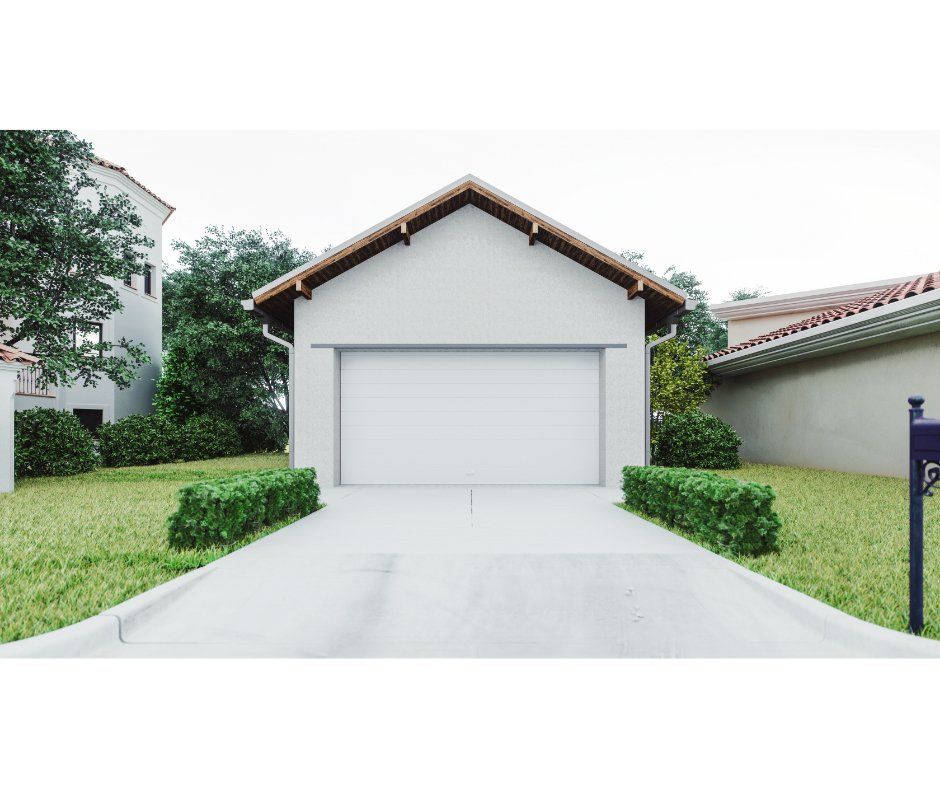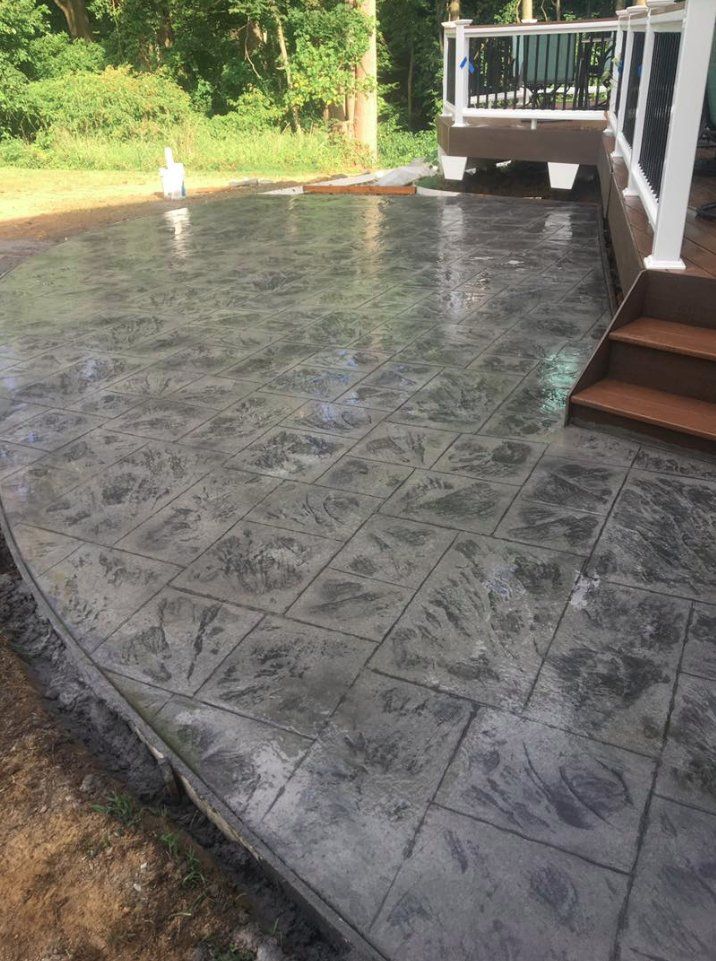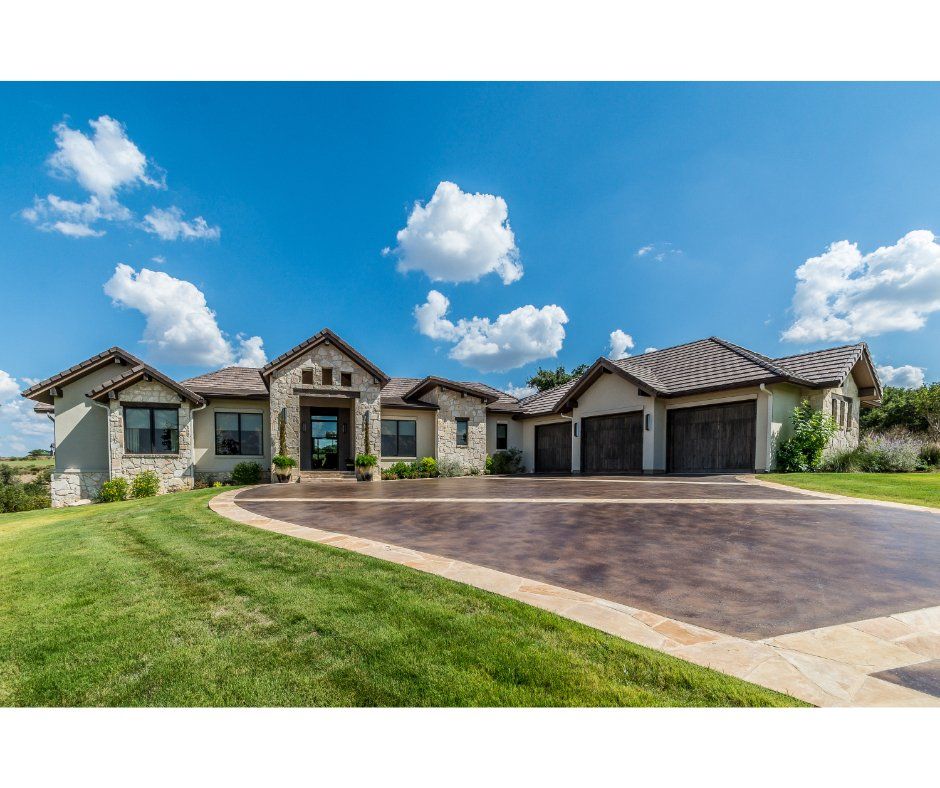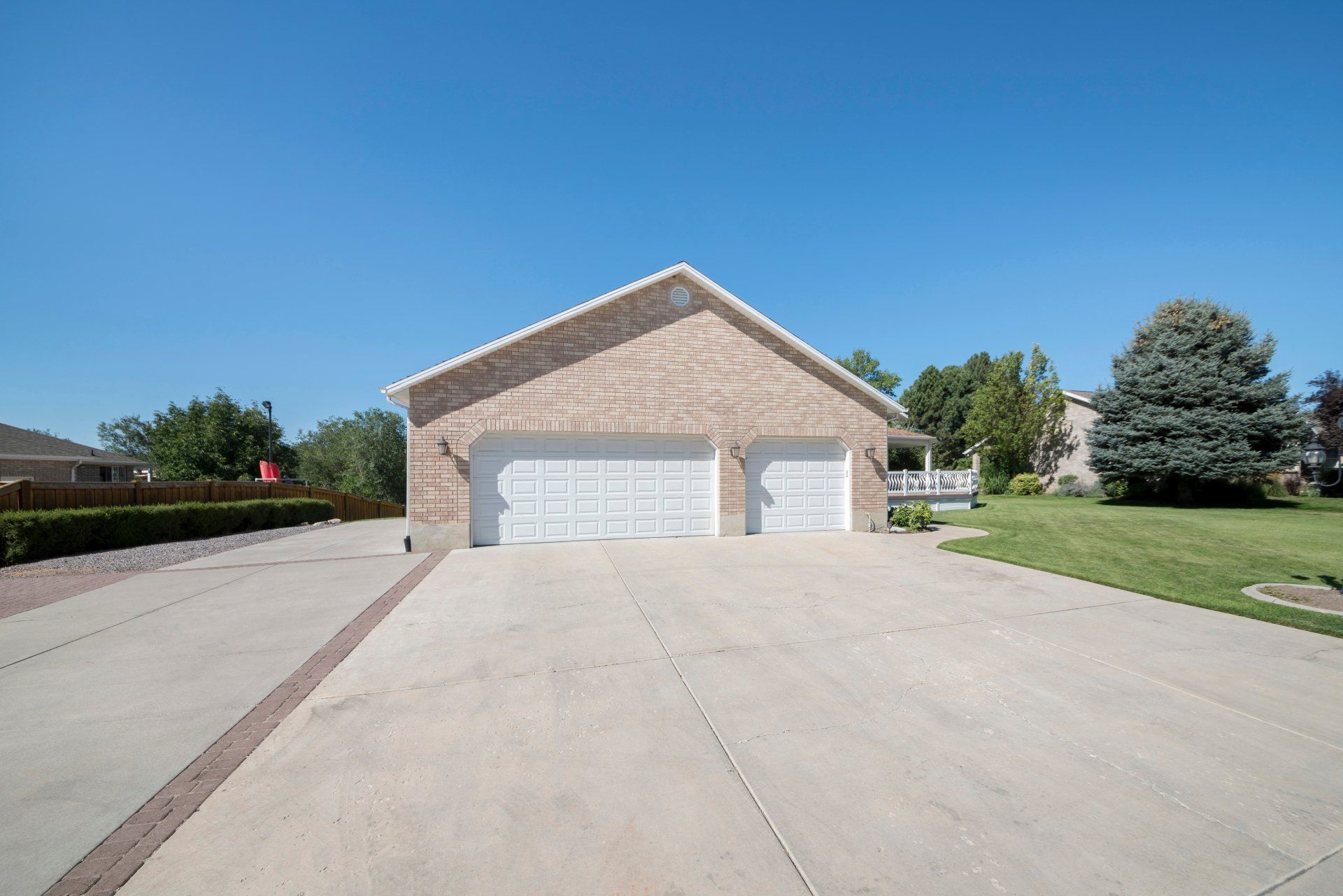HOW TO FINISH CONCRETE
Concrete Finishing Options

HOW TO FINISH CONCRETE
Concrete finishing is a process that aims to provide a smooth, durable surface. Timing is crucial while finishing concrete, and you must pay great attention to the condition of the concrete. Improper finishing techniques might result in a slab that is weak, damaged, or unattractive.
There are, however, numerous methods for finishing concrete. The majority of these can be decorative, and they are all durable.
Broom Finish Concrete
Broom finish concrete is most likely one of the most popular exterior concrete finishes. This slip-resistant concrete finishing is popular for almost any exterior concrete application. Sidewalks, for example, are frequently finished in this way. Broom finish is commonly used on pool decks, patios, and concrete pavement. The distinct texture is created by dragging a broom across the surface of the concrete, as the name implies.
- Trowel Finish Concrete
There are various methods for troweling concrete to a finish. The roughness of these trowel finishes ranges from rough to almost glass smooth. Concrete is simply finished with a magnesium or wood float on the rougher end of the spectrum. These finishes are not completely smooth or consolidated, but they are easy to apply and provide a somewhat textured surface.
For interior concrete flooring, hard troweling is a popular option. Whether you use hand or mechanical concrete finishing, this is an excellent way to obtain a durable, smooth surface. Hand troweling with a steel trowel is more labor, but it is great for getting the edge of the slab, small projects, and difficult-to-reach places. A power trowel saves labor and achieves a more precise finish.
- Polished Concrete
Polishing is a finishing technique for concrete in which the surface is ground smooth. In order to harden or densify the concrete, chemicals are used. After densification, the concrete can be ground again and burnished to produce a smooth, shiny finish. Polished concrete is one of the most cost-effective and durable flooring options among the concrete finishing methods.
Polished concrete is also very aesthetically pleasing. Integral color is an excellent choice for new polished concrete. It makes no difference how much of the concrete is cut or ground away by coloring it all. The color will be preserved. Because a significant percentage of polished concrete is a renovation, stains or penetrating dyes are excellent options to add color. They can also be used to design patterns and logos.
- Rock Salt Finish Concrete
Rock salt finishes are a classic option for concrete texturing. This traditional finish has fallen out of favor but is now regaining favor in many warmer climates. Before the last troweling pass, coarse rock salt is broadcast onto the concrete. After the concrete has cured, the rock salt is removed with a power washer. The concrete surface is left with a random pattern of small holes and pockets. This is a low-cost technique of concrete finishing that creates a non-skid surface. Unfortunately, creating voids in the concrete surface and introducing salts early on might have a negative impact on concrete durability. This is especially problematic in freeze-thaw climates.
- Exposed Aggregate Concrete
Exposed aggregate is another popular classic concrete finish. This is a finish in which the sands and large aggregates are exposed by removing the top layers of cement. There were previously three methods for achieving this finish: sandblasting, broadcasting aggregate, and sugar-based retarders. Each of these poses a significant risk of inconsistent finishes. Surface Deactivator, for example, makes it easier to achieve consistent and repeatable results.
- Textured Concrete
One of the most versatile is stamped concrete. This finish option uses urethane texturing tools to achieve a variety of stone, slate, brick, and even wood patterns and textures. Compared to other concrete finishes, these decorative stamped finishes require a significant amount of labor. On the other hand, Stamped concrete is less labor-intensive than stone, brick, and other pavers. This makes it a fantastic choice for replacing these traditional materials while maintaining their beauty and durability.
CONCRETE CONTRACTORS in Omaha, NE
We would be happy to answer any questions you have and provide you with a free quote. As your top concrete contractor in Omaha, NE, we greatly value you checking out our company, and we commit to providing our best efforts to all of your projects. Call us today, and we'll get started on your next project.
You might also like
Book a Service Today
We will get back to you as soon as possible
Please try again later
Omaha Concrete and Paving-Concrete Contractors, Omaha, Nebraska
Navigation
Navigation
Services
Working hours
- Mon - Sat
- -
- Sunday
- Closed
Working hours
- Mon - Wed
- -
- Thu - Sat
- -
- Sunday
- -
Copyright Omaha Concrete and Paving | Proudly Powered by Snapps


